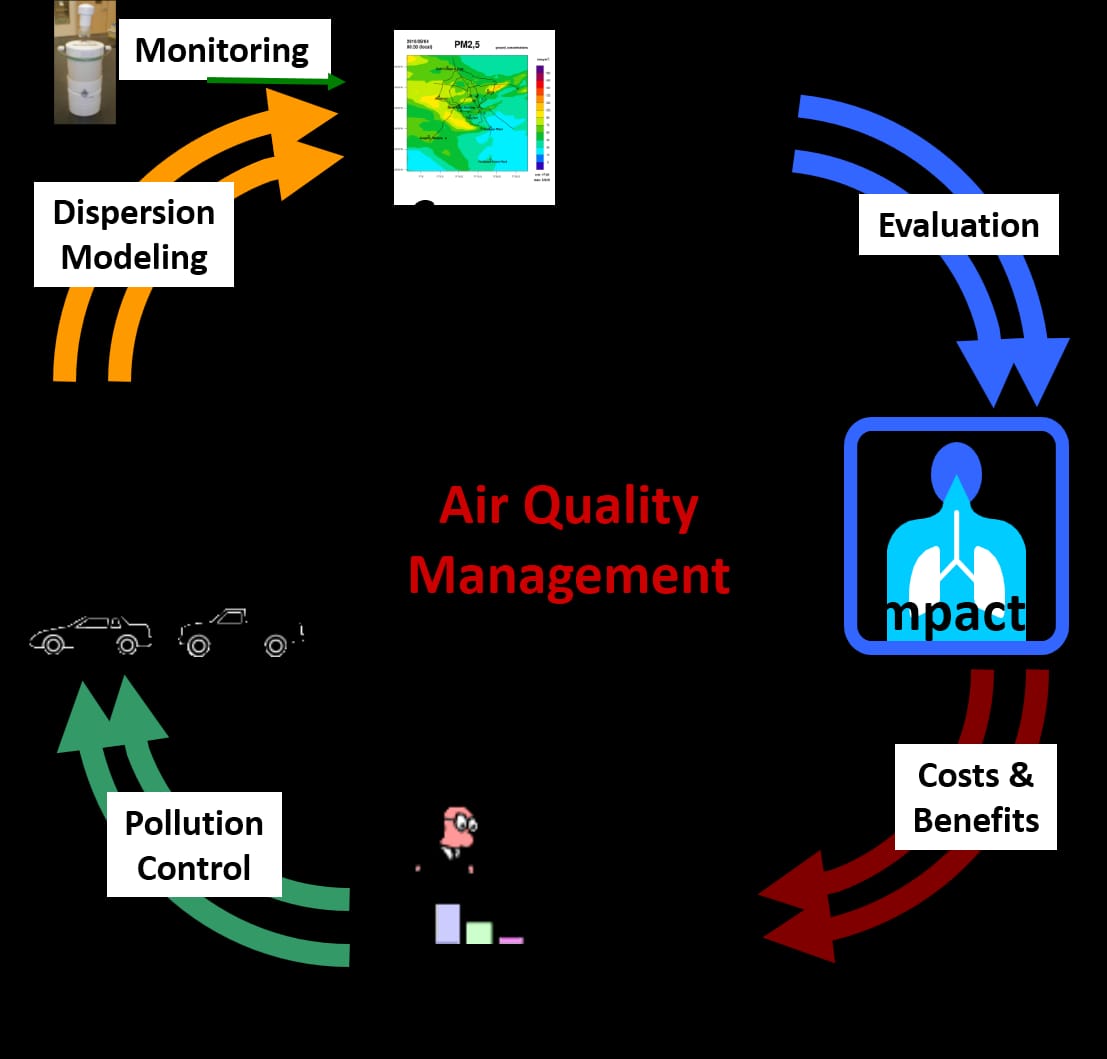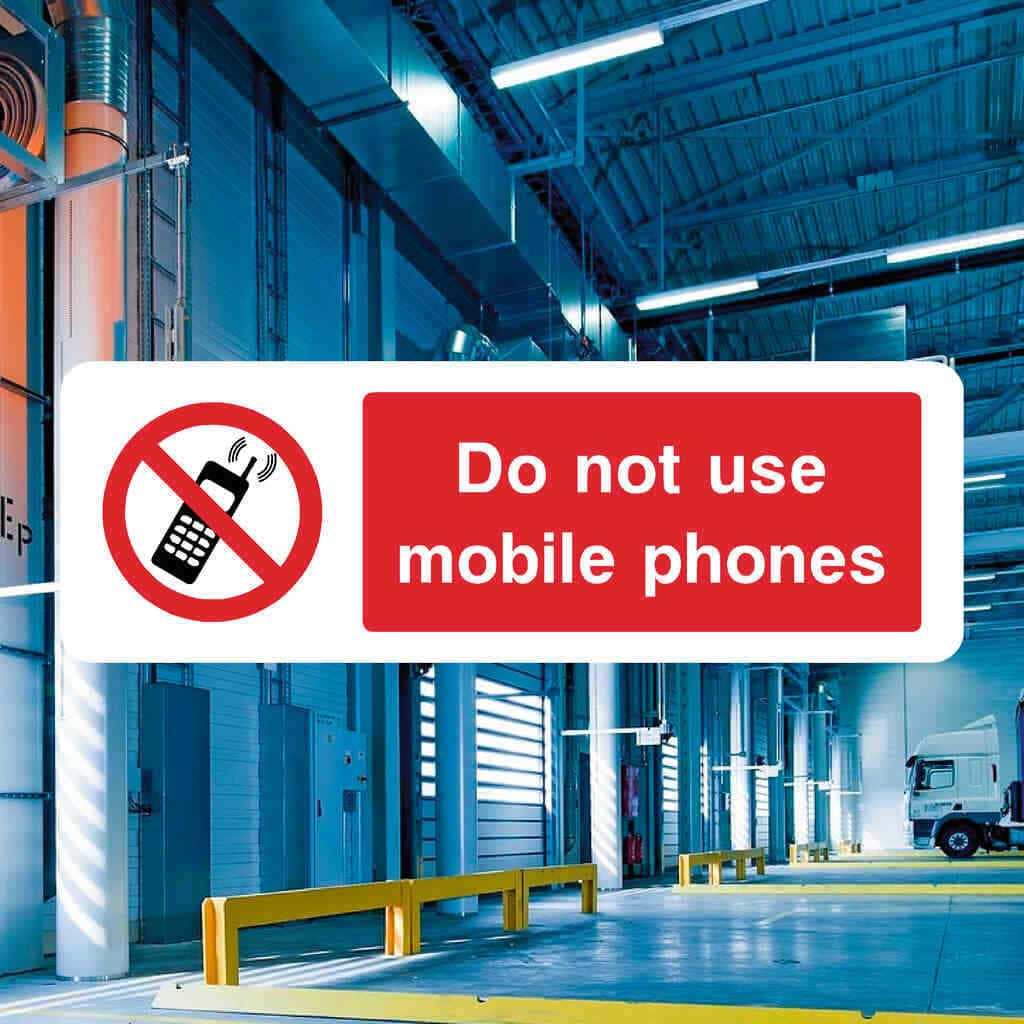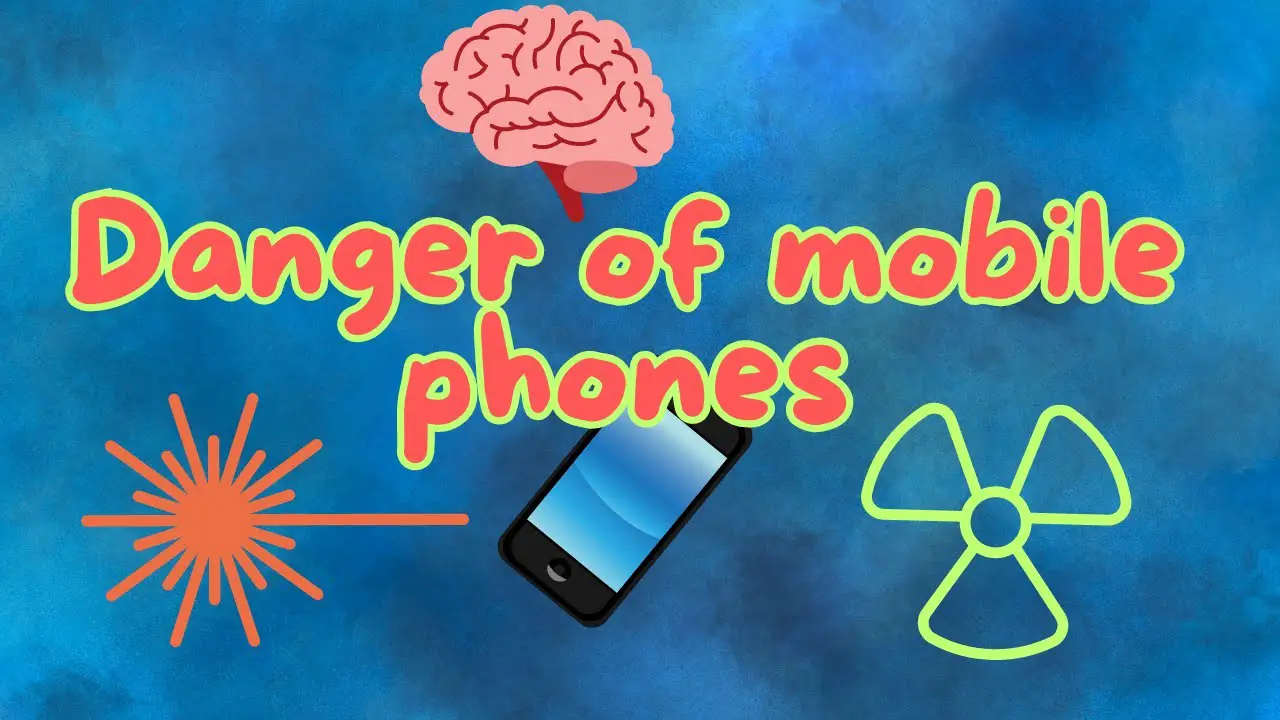According to the Joint Council of Engineers on Air Pollution and its Control defined air pollution as “the presence in the outdoor atmosphere of one or more contaminants, such as dust, fumes, gases, mists, odors, smoke or vapors in quantities, of such a degree, of such characteristics, and for such a duration that is reasonably likely to endanger life, or property, with a risk of being unreasonably dangerous.” Air pollution, as defined above, is not a recent phenomenon. Natural phenomena have always been the direct cause of massive amounts of air pollution. Volcanoes, for example, spew lava onto the land and emit particulates and toxic gases containing ash, hydrogen sulfide (H2S), and sulfur dioxide (SO2) into the atmosphere. It is esty that all the air pollution generated by human activity is not comparable to the quantities released during three volcanic eruptions: Krakatoa in Indonesia in 1883, Katmai in Alaska in the year of 1912, and Hekla in Iceland in the year of 1947.
Lightning, Atmospheric Another major contributor to pollution, lightning activates atmospheric oxygen (O2) to produce ozone (O3), a toxic gas [ Ozone in the upper atmosphere [ Ozone, however, acts as a shield against excessive amounts of ultraviolet (UV) radiation, which can cause human skin cancer. In addition to producing ozone, lightning is an indirect cause of large amounts of combustion-related air pollution as a result of forest fires. The United States Department of Agriculture’s Forest Service reports that lightning causes more than half of the more than 10,000 forest fires per year. For centuries, humans have been exposed to an atmosphere permeated by other natural pollutants such as dust, methane from decomposing firewood in bogs and swamps, and various toxic compounds emitted by forests. Some scientists claim that such nat ural processes release 10 times the amount of sulfur-containing compounds and 10 times the amount of carbon monoxide (CO) than all human activities combined.
Then, why is society so bothered by air pollution? The concern stems from a comb nation of several factors: 1. Urbanization and industrialization have brought together large numbers of people in small areas. 2. Pollution generated by people is most often released in the places where they live and work, resulting in their constant exposure to relatively high levels of pollutants. 3. The human population is still growing at an exponential rate.
Thus, with rapidly expanding industry, ever more urbanized lifestyles, and an ever-increasing population, concern over the control of man-made air pollutants is now clearly a necessity. Effective methods must be found both to reduce pollution and to combat existing levels of pollution. As mentioned earlier, natural air pollution precedes us all. With the advent of Homo sapiens, the first human-caused air pollution would have been smoke from the burning of wood, followed later by coal. From the early 14th century, air pollution from coal smoke and gases had been noted and was a matter of great concern in England, Germany and elsewhere. By the early 19th century, smoke nuisance in English cities prompted the appointment of a select committee of the British Parliament in 1819 to study and report on smoke abatement.
Many cities in the United States have been plagued by smoke pollution, including Chicago, St. Louis, and Pittsburgh. The period from 1880 to 1930 is often called the “smoke abatement era.” During this time, much basic atmospheric cleaning work began. The Smoke Prevention Association was formed in the United States near the turn of the 20th century, and by 1906, it was holding annual conferences to discuss the problem of smoke pollution and possible solutions. The name of the association was later changed to the Air Pollution Control Association (APCA). The period from 1930 to the present has been dubbed the “disaster era” or “air pollution control era.” In the most notorious pollution “disaster” in the United States, 20 were killed and several hundred became ill in the industrial town of Donora, Pennsylvania in 1948.
Comparable events occurred in the Meuse Valley, Belgium, in the year of 1930s and in London in the 1960s. During the 14-day time period from November 27 to December 10, 1962, air pollution concentrations were extremely high worldwide, resulting in “episodes” of high respiratory events in London, Rotterdam, Hamburg, Osaka, and New York. During this period, people in many other cities in the United States experienced serious pollution-related illnesses, and as a result, efforts to clean the air were initiated in the cities of Chicago, New York, Washington, D.C., and Pittsburgh. Substitution of less smoky fuels, such as natural gas and oil, for coal, for electricity generation and for space heating subsequently greatly improved air quality.
Air quality in the United States depends on the nature and quantity of pollutants emitted as well as on prevailing meteorological conditions. Air pollution problems in the highly populated, industrialized cities of the eastern United States result primarily from the release of sulfur oxides and particulates. In the western United States, air pollution is more related to photochemical pollution (smog). The latter form of pollution is an end product of the reaction of nitrogen oxides and hydrocarbons from automobiles and other combustion sources with oxygen and each other, in the presence of sunlight, to form secondary pollutants such as ozone and PANs (peroxy acetyl or acyl nitrates).
Temperature inversions effectively put “a lid on the atmosphere” so that emissions are trapped in relatively small volumes and correspondingly high concentrations. Los Angeles, for example, often suffers from a very stable temperature inversion and strong solar input, both ideal conditions for the formation of highly localized smog. Rain and snow wash the air away and deposit pollutants in soil and water. “Acid rain” is the result of gaseous sulfur oxides combining with rainwater to form dilute sulfuric acid and occurs in many cities in the eastern United States.
Read Also:
- Introduction And History Of Anthropogenic Pollution
- Air Pollution And Your Health
- What Is Air Pollution
- Air Pollution In India
- Prevention Of Plastic Pollution
- Health Effects Of Plastic Pollution
- Causes Of Plastic Pollution
- Plastic Pollution
- Environmental Pollution: Causes, Effects, Solutions








Leave a Reply